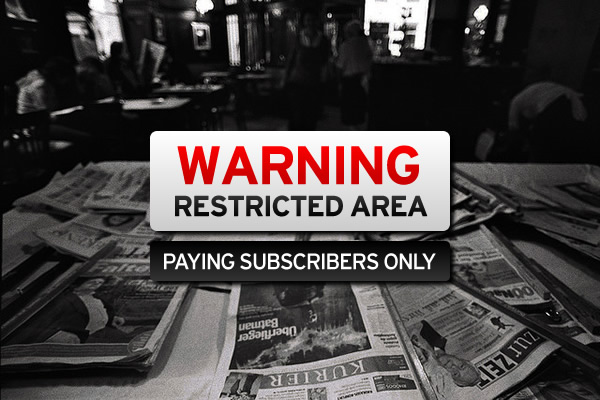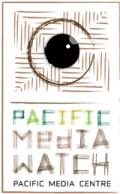
AUCKLAND (Pacific Media Watch / AUT University News): Newspaper paywalls are less successful than newspapers are suggesting, and do not offer a viable business model in the short term according to an AUT media researcher.
Merja Myllylahti has researched paywalls (which require readers to pay for online news content) in the US, the UK, Australia, New Zealand, Finland, Slovakia, Slovenia and Poland, and will have her research published in Digital Journalism next year.
New paywall initiatives for The Age and The Sydney Morning Herald were announced by Fairfax Media last week, prompting Myllylahti to sound a note of caution about how successful they really are.
Success
“Measuring paywall success is difficult because newspapers are less than open about their digital subscription numbers and revenues,” says Myllylahti.
“As well as looking at digital subscription numbers it’s also important to look at how much paywalls contribute to the bottom line."
“Many newspapers have tried and failed to make money from paid online content although it is fair to say that paywalls do offer some extra revenue for failing print news media."
"But with most newspapers making only about ten per cent of their revenue from digital paywalls, there is some way to go before they can make serious money online.”
Barriers to profit
We are still in the experimental phase with paywalls explains Myllylahti.
She says readers cannot see why they should pay for online news, and newspapers are trying to figure out how to make a profit without losing their readership.
Myllylahti says one of the major barriers to paywall profit is newspapers’ tendency to ‘soften’ paywalls when the pressure comes on.
“Newspapers have taken paywalls down entirely in the wake of major news events like the Boston Marathon bombings and make exceptions to paywalls, for example the New York Times has made its video content accessible for all readers,” she says.
In order to make paywalls profitable, rather than softening them under pressure, newspapers need to find ways to ‘monetise’ them at the moments when people most want to read the news, says Myllylahti.
New Zealand
In New Zealand, The Listener has recently introduced a paywall and the National Business Review is making around $500,000 per annum from its paywall, with almost half of subscribers reading content online, says Myllylahti.
“Generally speaking financial newspapers tend to make more revenue out of their paywalls, because their subscription fees are higher and they have corporates paying for the access.”
Access Merja Myllylahti’s research presentation to the 2012 Journalism Education Association of Australia conference Can newspaper paywalls save the media?
This work is licensed under a Creative Commons Attribution-NonCommercial 3.0 New Zealand Licence.




